Biomedical Engineering Reference
In-Depth Information
pores for the porosity calculation and to reject the void space in the picture and the degradation
effects. As a result, the mean local porosity of the cultured scaffold can be assessed. Alternatively,
when full 3-D reconstruction of the sample is available, a professional image processing software
can be used to generate porosity data. Some calculations presented in this chapter were performed
with the help of a commercial software, Volocity, Improvision. It has to be noted that some discrep-
ancies exist in the calculation of porosity with different modalities such as µ-CT and OCT. Different
imaging modalities yield slightly different results. Thus, monitoring the porosity variation due to
degradation or tissue formation should be performed using the same modality.
3.6 FINAL REMARKS
In conclusion, to generate functional tissues by the TE principle, development of reliable and effi -
cient techniques to control architecture of scaffolds is in high demand. In this chapter, we have
shown that CAD/CAM techniques will be indispensable tools on providing scaffolds with the
required architecture. Nevertheless these techniques are not accessible to every laboratory, and
alternative ways to produce scaffolds with high productivity, easy operation, and accurate control of
the architecture to perform biological studies are required. The presented case study demonstrates
that it is possible to achieve this goal by using dual porogen technique and fabrication of fi brous
scaffold. Formation of dual or multiple mode of internal architecture in scaffolds such as micropore
along with microchannels can mimic specifi c tissue structure and promote organized tissue forma-
tion. OCT as a nondestructive, high resolution, and online measurement modality has demonstrated
its high potential for monitoring scaffold architecture and the variations associated with cell growth
and ECM deposition.
ACKNOWLEDGMENTS
This work was performed with partial fi nancial support from the Biotechnology and Biology Sciences
Research Council, U.K. (BBS/B/04277); the Engineering and Physical Sciences Research Council,
U.K. (GR/S11510/01); and EXPERTISSUES Network of Excellence (NoE)-NMP3-CT-2004-500283.
Cassilda Cunha-Reis would like to acknowledge Marie Curie Actions: Alea Jacta EST—MEST-CT-
2004-008104 for funding her PhD. The authors would like to acknowledge António Pinto for prepar-
ing the illustrations for this chapter.
REFERENCES
1. Lalan, S., Pomerantseva, I. and Vacanti, J.P., Tissue engineering and its potential impact on surgery,
World J Surg
, 25, 1458, 2001.
2. Shieh, S.J. and Vacanti, J.P., State-of-the-art tissue engineering: from tissue engineering to organ build-
ing,
Surgery
, 137, 1, 2005.
3. Minas, T. and Nehrer, S., Current concepts in the treatment of articular cartilage defects,
Orthopedics
,
20, 525, 1997.
4. Ahsan, T. and Nerem, R.M., Bioengineered tissues: the science, the technology, and the industry,
Orthod
Craniofac Res
, 8, 134, 2005.
5. Langer, R. and Vacanti, J.P., Tissue engineering,
Science
, 260, 920, 1993.
6. Stock, U.A. and Vacanti, J.P., Tissue engineering: current state and prospects,
Annu Rev Med
, 52, 443,
2001.
7. Eaglstein, W.H. and Falanga, V., Tissue Engineering and development of Apligraf, a human skin equiv-
alent,
Clin Ther
, 19, 894, 1997.
8. Marston, W.A., Dermagraft, a bioengineered human dermal equivalent for the treatment of chronic
nonhealing diabetic foot ulcer,
Expert Rev Med Devices
, 1, 21, 2004.
9. Risbud, M., Tissue engineering: implications in the treatment of organ and tissue defects,
Biogerontol-
ogy
, 2, 117, 2001.

